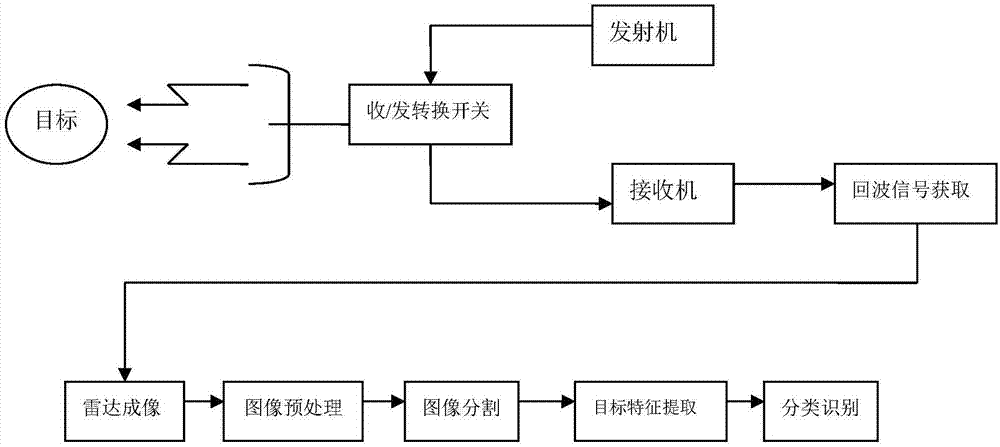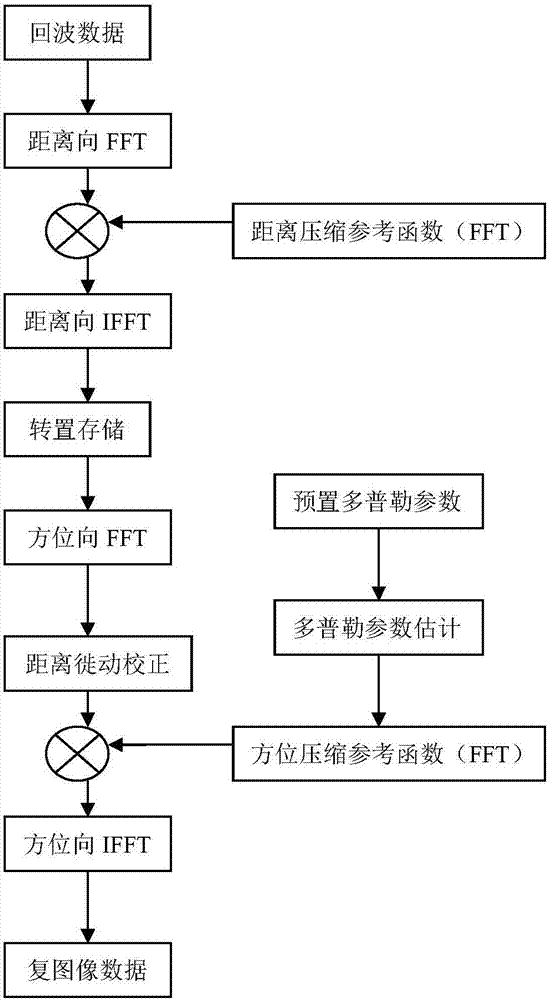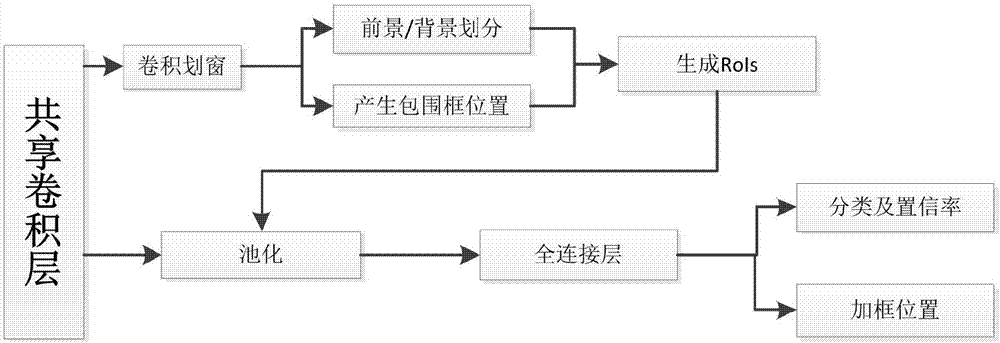SAR image target detection and recognition integration method
A target detection and image technology, applied in neural learning methods, character and pattern recognition, measurement devices, etc., can solve the problems of affecting recognition efficiency, slow algorithm operation, and difficulty in building clutter statistical models, and achieve high detection and recognition. The effect of efficiency, strong applicability
- Summary
- Abstract
- Description
- Claims
- Application Information
AI Technical Summary
Problems solved by technology
Method used
Image
Examples
Embodiment Construction
[0045] This embodiment adopts MSTAR tank image data, and now MSTAR is briefly introduced.
[0046] The MSTAR (Moving and Stationary Target Acquisition Recognition) project was launched in 1994. It is a SAR ATR subject jointly researched by multiple research institutions in the United States. Among them, the Sandia Laboratory of the United States is responsible for providing the original SAR data with a resolution of 0.3-1m in the X-band. The Wright Laboratory of the United States is responsible for establishing various terrain backscattering patterns for model research and a database of 18 types of ground vehicles for classification research. Each vehicle can provide 72 samples of different viewing angles and different directions. The MIT Lincoln Laboratory is responsible for providing special analysis, extraction and classification algorithms. Now MSTAR data has become a standard database for evaluating SAR target recognition and classification algorithms. Most of the SAR t...
PUM
 Login to View More
Login to View More Abstract
Description
Claims
Application Information
 Login to View More
Login to View More - R&D
- Intellectual Property
- Life Sciences
- Materials
- Tech Scout
- Unparalleled Data Quality
- Higher Quality Content
- 60% Fewer Hallucinations
Browse by: Latest US Patents, China's latest patents, Technical Efficacy Thesaurus, Application Domain, Technology Topic, Popular Technical Reports.
© 2025 PatSnap. All rights reserved.Legal|Privacy policy|Modern Slavery Act Transparency Statement|Sitemap|About US| Contact US: help@patsnap.com



